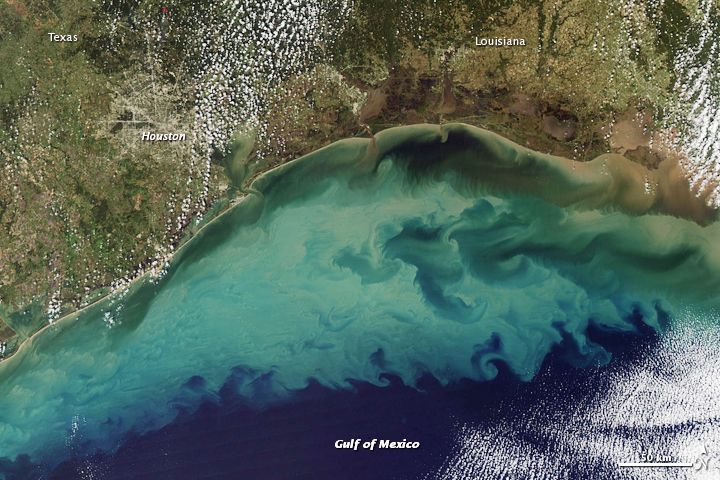The Gulf of Mexico and Opportunities for E&P in 2019

Estimated reading time: 3 minutes

The Gulf of Mexico and its Continental Margins
Geography of the Gulf of Mexico
The Gulf of Mexico is an ocean basin and a marginal sea of the Atlantic Ocean, largely surrounded by the North American continent. It is bounded on the northeast, north and northwest by the Gulf Coast of the United States, on the southwest and south by Mexico, and on the southeast by Cuba. The U.S. states of Texas, Louisiana, Mississippi, Alabama, and Florida border the Gulf on the north.
The Gulf is the ninth largest body of water in the world at a width of 810 nautical miles (1,500 km). The entire basin is about 600,000 square miles (1.5 million sq km). Most of the basin consists of shallow intertidal areas over continental shelves, but its deepest trough is called Sigsbee Deep has an estimated depth of about 14,383 feet (4,384 m). It is also home to the Gulf Stream, one of the strongest ocean currents in the world.
Opportunities from the Gulf of Mexico
Exploration in the Gulf covers other areas of interest such as Trinidad, the Guyanas, Colombia and Venezuela.
WoodMac said that after four years of steady decline, exploration activity in the Gulf is expected to increase in 2019 by 30%. Shell and Chevron will lead the way, but the actual growth in exploration will come from new entrants – Kosmos Energy, Equinor ASA, Total SA, Murphy Oil Corp, and Fieldwood Energy LLC.
Shell’s Appomattox development is due on stream in 2019 – marking the first-ever production from a Jurassic reservoir in the Gulf of Mexico. As Appomattox is a cornerstone of Shell’s global deepwater strategy, it will be a significant milestone for the company.
Another milestone for the offshore industry will be Chevron’s Anchor project, which is expected to move forward next year. With an operating pressure of 20-ksi, it would be the first ultra-high-pressure project in the world to reach FID. FID at Anchor would be the culmination of more than a decade of multiple joint industry research and development projects to design kit that can safely produce at 20-ksi. The current limit is 15-ksi. Success at Anchor will lead to the next wave of mega-investment in the Gulf of Mexico, as several 20-ksi projects are waiting to follow its lead. WoodMac believes that if Anchor moves forward, more than US$10 billion of investment could flow into the region.
The Gulf of Mexico and its Continental Margins is a 3-day training course held on 23-25 September 2019 where the course presents a state-of-the-art assessment of what we know and don’t know in terms of basin evolution, and highlights some of the problematic issues facing hydrocarbon exploration in the Gulf of Mexico. Materials are from the trainer’s own history of industrially-funded research consortia programs and interpretation for ION Geophysical. A series of exercises complements the lectures to form a well-rounded, three-day examination of the western hemisphere’s most important oil province. The course is also an excellent example of the application of plate tectonics in the understanding of basin history.
 |
